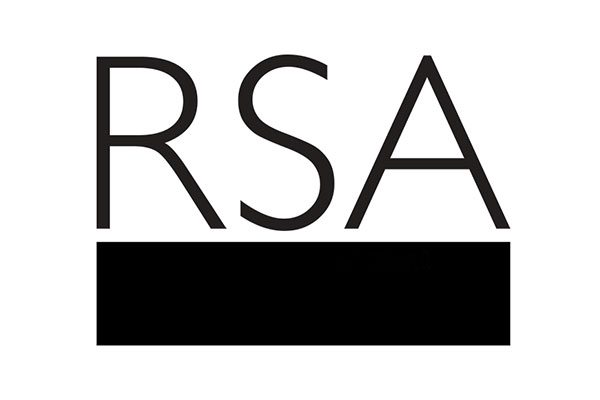As Matthew Taylor noted in an earlier blog post “it is often said that the Fellowship has the potential to be the RSA’s greatest and most distinctive asset”. Two key questions for staff in the Fellowship department are:
1) How can we support Fellows and provide them with new opportunities to help further the RSA’s charitable objectives?
2) How can we recruit new Fellows who have the potential to help us deliver the RSA's mission?
A large number of Fellows are willing to donate their time and expertise to help others with projects that aim to have a positive social impact, and many organisations that share similar goals to the RSA would welcome the opportunity to access this expertise. By partnering with these organisations the RSA can:
- Provide new engagement opportunities for Fellows
- Help further the charitable objectives of our partner organisations and so in turn further the charitable objectives of the RSA
- Raise our profile within new communities of individuals committed to positive social change, and recruit new Fellows from amongst these leaders and thinkers
- Contribute to the growing sense that the RSA Fellowship is made up of people with the inclination and the tools to intervene when solutions are needed.
Given the increasing value of partnerships I thought it would be useful to outline the RSA approach to collaborative working.
Selecting the right partner
Selecting the right partner is important and before moving forwards both organisations need to give some thought to the following questions:
- Can we create something we wouldn’t be able to create on our own?
- What do we want to gain from the partnership and how realistic is it that we will achieve our aim?
Honesty is the key to success. In most cases, it is useful to have a broad conversation at the initial exploratory meeting which covers what both organisations would like to achieve in an ideal world, and then work back from this to reach more realistic objectives.
Honesty is the key to success.
Getting it right at the beginning
Once both organisations have identified some potential areas for collaborative working, a number of steps should be taken before moving forwards. They are:
- Establish clarity of purpose – ensuring both organisations are clear on what the common purpose is as well as the shared objectives. It is easy to put in place very broad over-arching objectives; however these should be teased apart to be short, simple and specific.
- Establish roles and responsibilities – complex partnerships with different strands of work often have several people involved and so clarity of individual roles and responsibilities is important.
- Operational plan – put in place a plan which outlines what will be happening when, and who is responsible.
- Measures of success – ensuring that there is some system for measuring success against each objective.
- Review – agree an initial date to review the partnership to discuss progress against each objective.
- Memorandum of understanding – before commencing with the partnership a document outlining all of the above should be agreed – note this does not necessarily have to be a formal contract. This document is essential to ensuring the on-going success of the partnership and should form the basis of future review meetings.
Give and take
Partnerships tend to fall along a spectrum with more transactional partnerships at one end contrasting with much closer working relationships at the other. Partnerships are not static, and so there needs to be some flexibility regarding governance and processes. As a general rule, the more transactional the relationship the more you need strong governance (e.g. a contract for a reciprocal advertising arrangement across several forms of media), whereas more collaborative partnerships need to have greater flexibility built into the governance and processes.
Partnering with the RSA
If you would like to discuss partnering with the RSA please do get in touch.
Further reading
For more guidance about partnerships and collaborative working, please do take a look at “Collaborative Leadership: How To Succeed in An Interconnected World” by David Archer FRSA and Alex Cameron. This publication is available from the RSA Library.
Adam Timmins is Deputy Head of Fellowship Partnerships at the RSA, you can contact him on adam.timmins@rsa.org.uk or @Im_AdamT. For more images please visit http://www.flickr.com/groups/rsa/
Related articles
-
Three reflections on RSA Meetups: Human connectivity and a catalyst for change
Dr Dee Gray, Alan Henry and Pam Luckock FRSAs
This blog is written as three reflections, inspired by recent on RSA regional ‘meet ups’ in north Wales. It is written by RSA Fellows Dr Dee Gray, Alan Henry and Pam Luckock.
-
The EU Needs a New Grand Strategy And Britain Is Needed
Jukka Aminoff
In the first of a two-part series on the UK's departure from the EU, Jukka Aminoff discusses the need for a new 'grand strategy'.
-
The Ideas Exchange: bringing together innovators and decision-makers to talk about what matters to them most
Tony Koutsoumbos
Ideas Exchange is a collaboration between the RSA and the Great Debaters Club, which began in September this year.



Be the first to write a comment
Comments
Please login to post a comment or reply
Don't have an account? Click here to register.